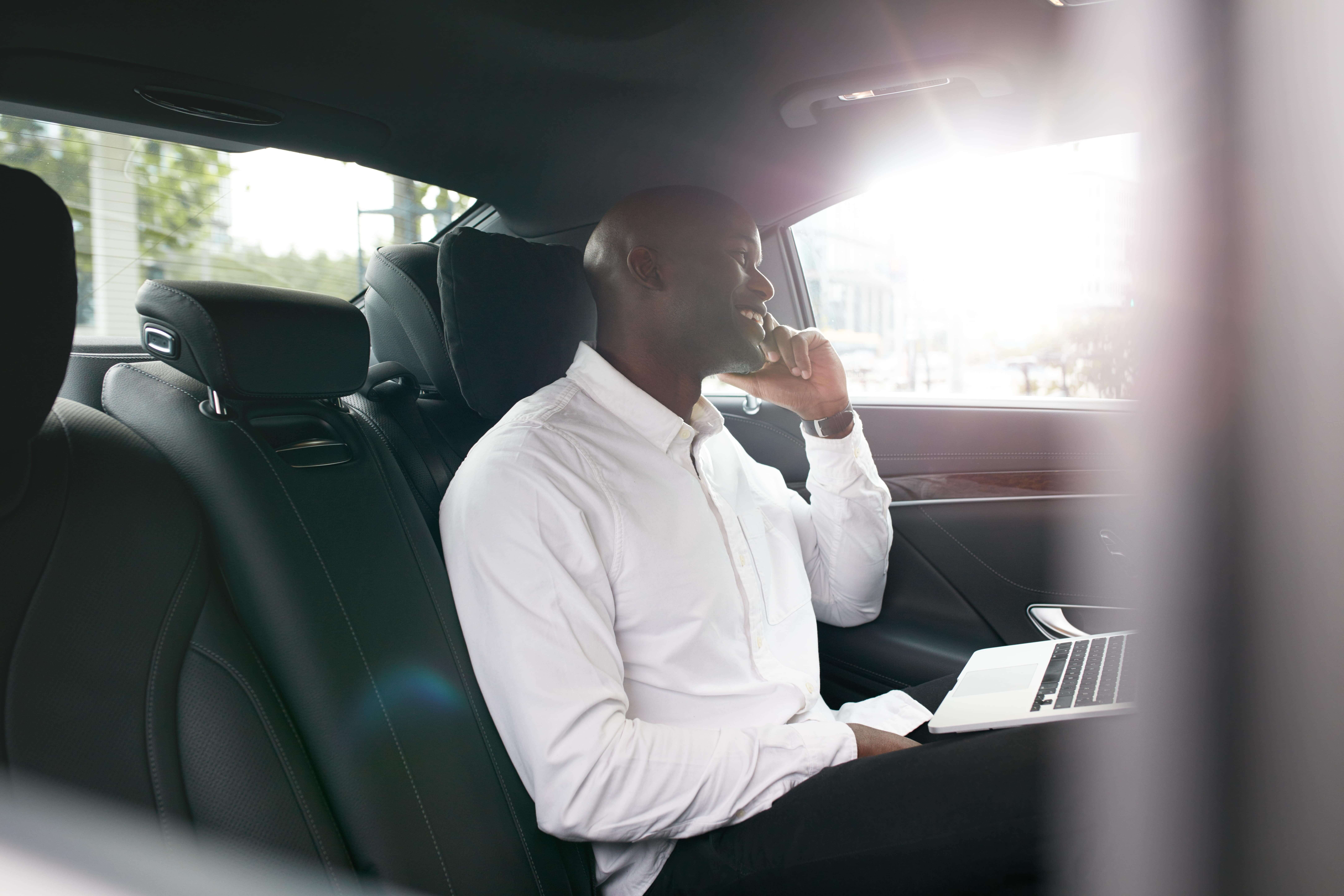Mileage allowance relief is a valuable business tax relief that can help you save thousands of pounds every year.
It allows you and your employees to deduct costs incurred during business travel.
This valuable business mileage tax relief helps companies cover their travel costs while supporting employees who use their own cars for business purposes.
What is mileage allowance relief and how do you claim it?
Anyone who uses a personal vehicle to carry out business tasks can claim mileage expenses.
This, in effect, treats business mileage like any other tax-deductible business expense. Approved tax relief on business mileage can cover expenses such as fuel, insurance, vehicle wear and tear, and road taxes.
Small business owners who use their personal vehicles for work can claim business miles tax relief at the end of the tax year.
How is mileage allowance relief calculated?
Mileage allowance relief is usually calculated on the number of approved business miles that are travelled.
Approved mileage rates are set by HM Revenue & Customs (HMRC), and are intended to cover the cost of fuel, insurance, wear and tear on the vehicle, and general maintenance.
The mileage rate has remained unchanged for several years at 45p per mile for the first 10,000 miles and 25p per mile after that for business-related driving.
The amount of relief to be applied is calculated by multiplying the number of business miles travelled by the approved mileage rate.
This can then be claimed against an individual’s taxable income.
What travel isn’t eligible for mileage allowance relief?
While mileage allowance relief covers most business-related travel, there is some work-related travel that it doesn’t cover.
The commute between a regular place of work and home, personal trips from the workplace such as picking up children, or business errands on a personal trip, are not covered by business mileage tax relief.
If, for instance, you picked up business supplies during your regular journey home after work, the journey would not be eligible for mileage allowance relief.
How to claim mileage allowance relief
After establishing eligibility and checking the current relief rate, several steps will generally need to be followed to claim mileage allowance relief:
Keep detailed records
Claiming mileage allowance relief requires accurate record-keeping by the employer and employees. This includes keeping a log of dates, destinations, and the purpose of each trip.
Calculate allowable relief
Calculate the allowable relief by multiplying the number of business miles travelled by the approved mileage rate. This total represents the deductible amount of business miles tax relief for tax purposes.
Include mileage allowance relief in self-assessment tax return
If you are required to file a self-assessment tax return, then the calculated mileage allowance relief can be included in the relevant section of the return. You will need to provide the total business mileage and the corresponding relief amount.
Claiming through P87 form
If you are not self-employed and do not complete a self-assessment tax return, you can use the P87 form to claim tax relief on employment expenses, including mileage allowance relief. This form is available online on the HMRC website.
Submit documentation
Any supporting documentation should be submitted with your claim. This can include mileage logs, receipts for any additional allowable expenses, and any other relevant records.
Keep records for at least four years
Retain your records for at least four years in case of an audit by HMRC. It may ask for evidence to support your claim, so it’s crucial to have the necessary documentation at hand.
Comprehensive tax planning from Digital Accounting & Finance
At Digital Accounting & Finance (DAAFL), our experts can provide comprehensive tax advice and planning services to help you boost your income.
Our experienced team of small business tax accountants can enable you to take advantage of any allowances, develop tax efficiency, and take the hassle out of tax planning.
Contact us for further advice on maximising your tax allowances and ensuring tax efficiency.
